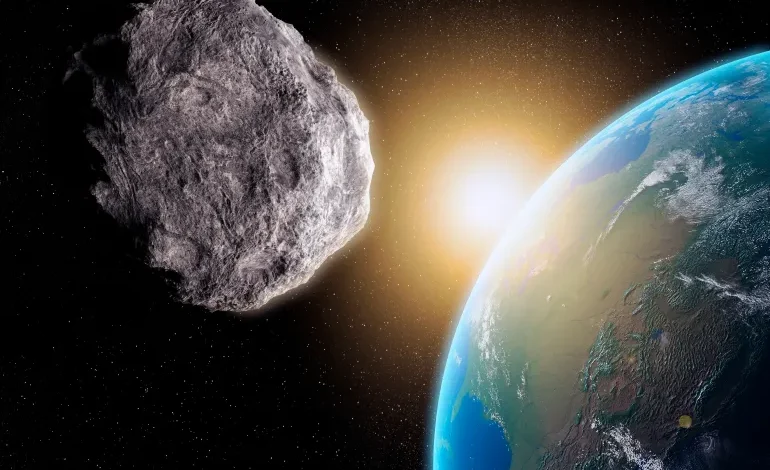Was Bruce Willis right? Could a nuclear blast save us from killer asteroid?

It’s been almost 25 years since Bruce Willis, playing the fictional character Harry Stamper in the blockbuster movie, Armageddon, saved Earth from an asteroid careering towards the planet. In true Hollywood fashion, he did this by detonating a nuclear bomb implanted in the asteroid, preventing what scientists call a “mass extinction event”. The whole world cheered (at least in the movie).
The world might be able to cheer for real now. In a study published in Nature Physics, physicists at Sandia National Laboratories in New Mexico, US, say they have simulated a nuclear X-ray pulse directed onto the side of an asteroid to change the trajectory of the asteroid and avoid a collision with the Earth.
How did the experiment work?
In a recent experiment conducted at Sandia National Laboratories, researchers used a Z machine to generate the X-ray pulses. This is one of the world’s most powerful radiation machines that can generate magnetic fields and X-rays.
To generate the X-ray pulse, an intense electrical burst is directed at a pocket of argon gas. This triggers an implosion of the argon gas and turns it into plasma. The plasma emits a powerful surge of X-rays towards the target, effectively mimicking a nuclear detonation in space.
Scientists used an X-ray pulse inside a vacuum to simulate a nuclear explosion on the surface of an asteroid-like rock in space-like conditions. The pulse created a vapour plume which pushed the rock away.
“The vaporised material shoots off one side, pushing the asteroid in the opposite direction,” Dr Nathan Moore, the lead author of the new study, said in a press statement.In an interview with Space.com, an online publication focused on space exploration and astronomy, Moore said: “You have to concentrate a lot of power, about 80 trillion watts, into a very small space, the size of a pencil lead, and very quickly, about 100 billionths of second, to generate a hot enough argon plasma, several millions of degrees, to make a powerful enough X-ray burst to heat the asteroid material surface to tens of thousands of degrees to give it enough push.”
He also explained that creating an environment that replicates one in which asteroids move freely through space without anchoring the asteroid-like rock used for the experiment was a challenge.
The solution was to use what they called “X-ray scissors”. This involved hanging the rock using extra thin foil wires about one-eighth the thickness of a human hair.
“A key fact was that asteroids in outer space aren’t attached to anything. But in a lab, everything is pulled down by Earth’s gravity, so everything is held in place by its gravitational attachment to something else. This wouldn’t let our mock asteroid move with the freedom of one in outer space. And mechanical attachments would create friction that would perturb the mock asteroid’s motion,” Moore said in a press statement.
This method allowed the scientists to simulate the effects of a nuclear explosion in a controlled environment.
Although only a simulation, the outcome of the experiment suggests that using a nuclear X-ray pulse on an asteroid could potentially change its trajectory enough to prevent a collision with the Earth.









